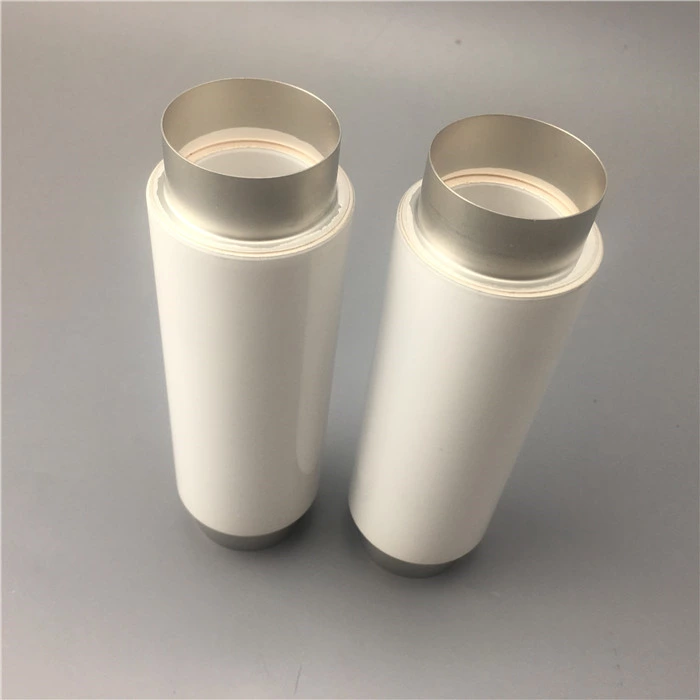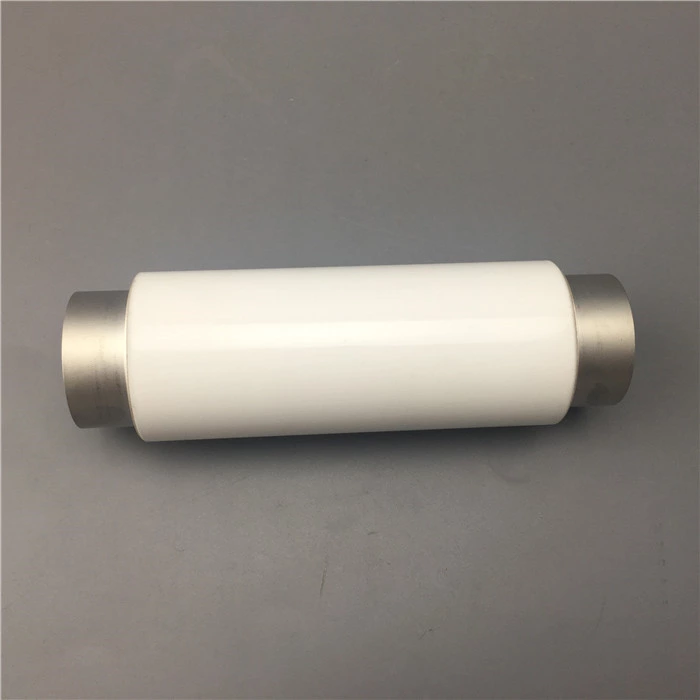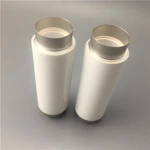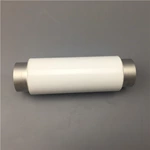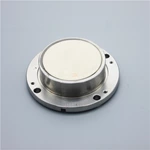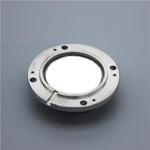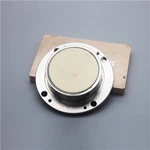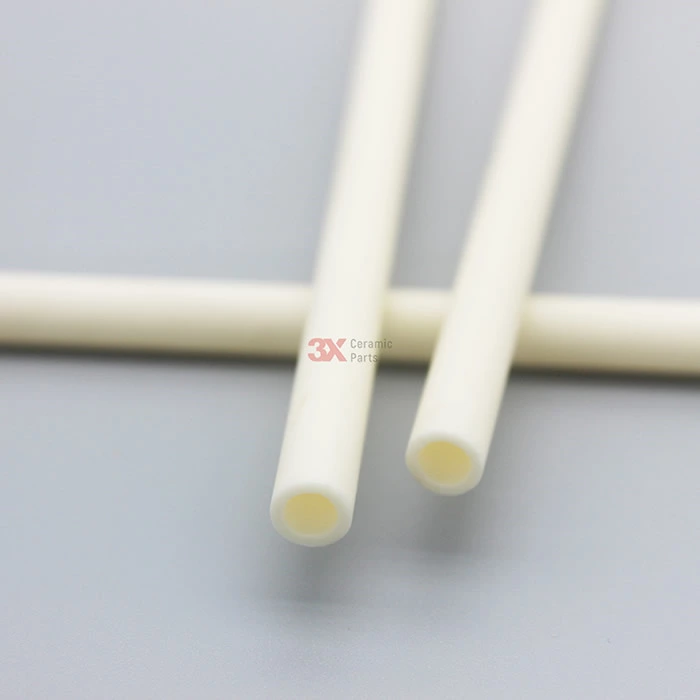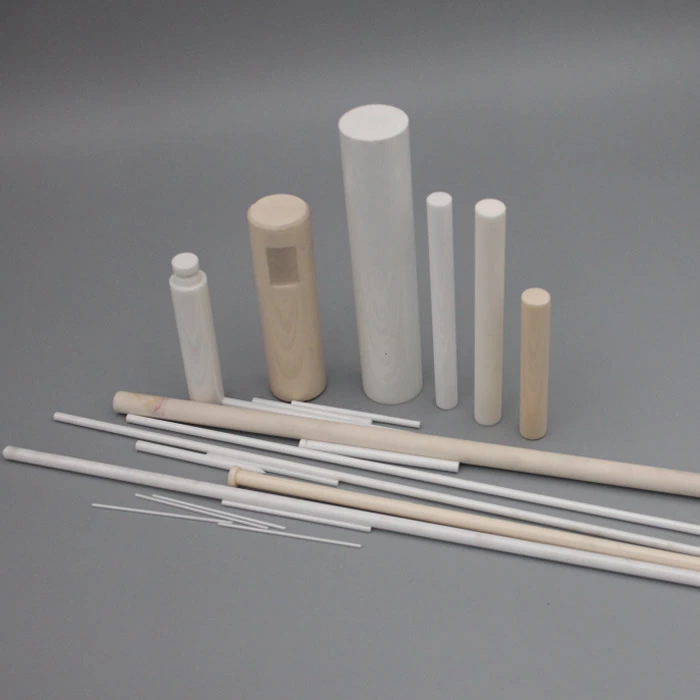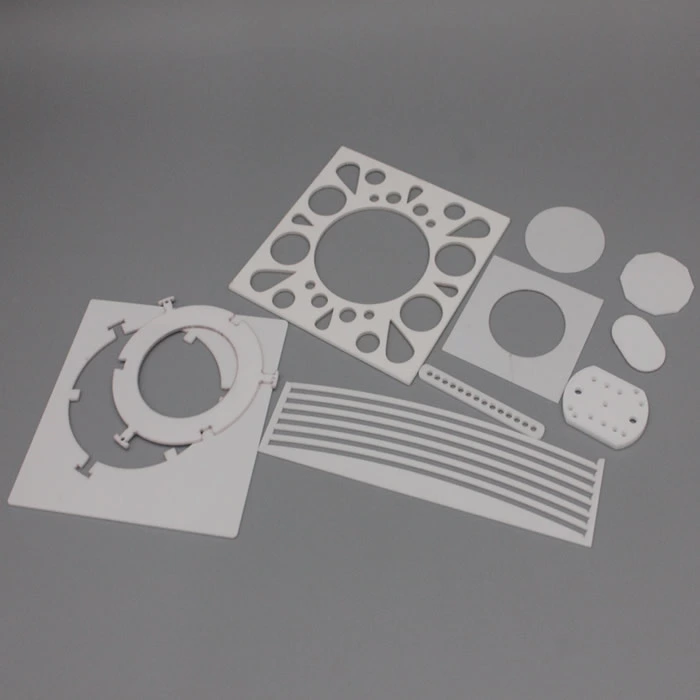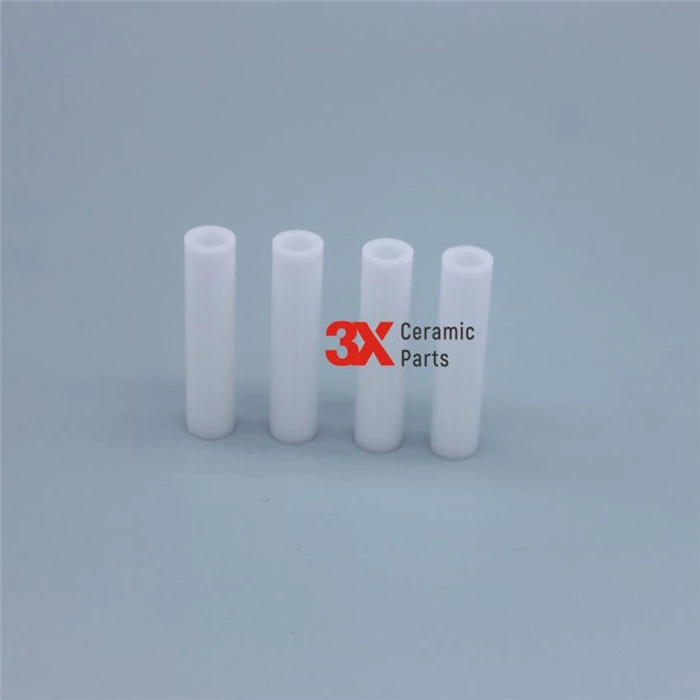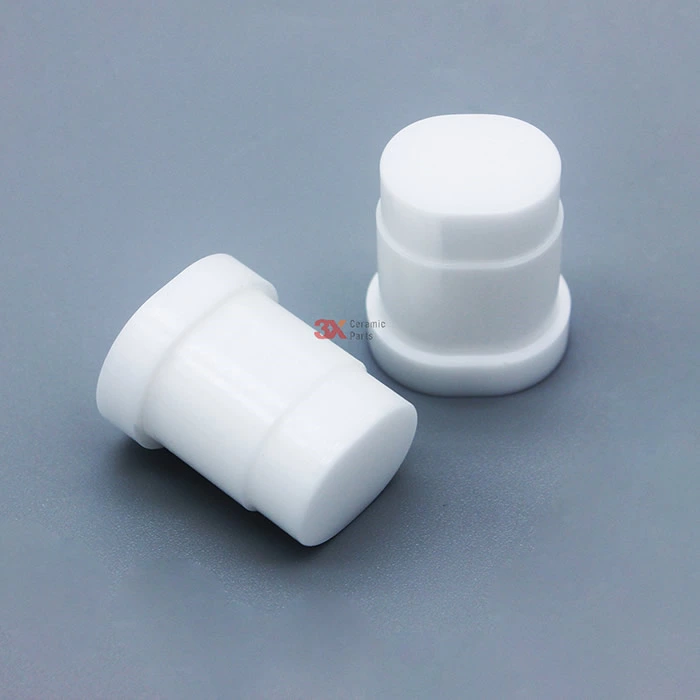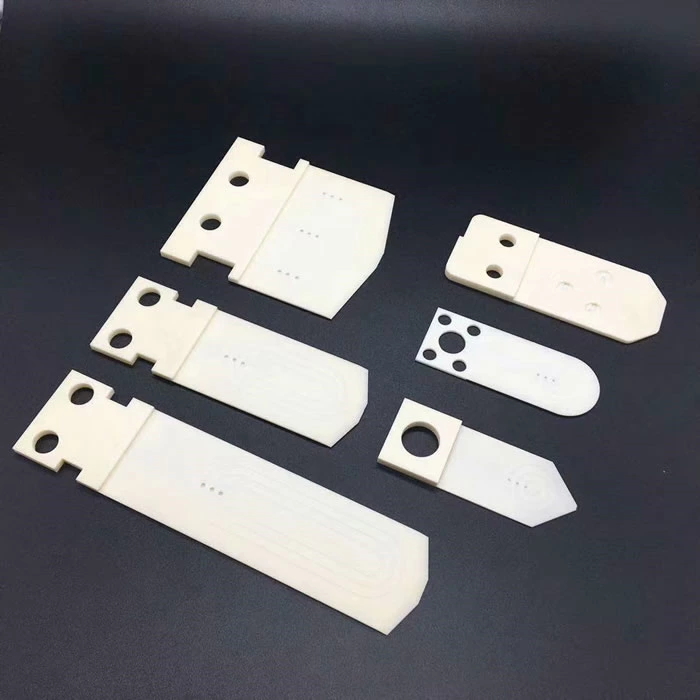Ceramic to Metal Brazing Tube Ring
- Brand Name
- 3X Ceramic Parts
- Material Type
- 95% alumina ceramic + SS
- MOQ
- 3 pcs
- Specification
- customization
- Shape
- customization
- Surface finish
- ceramic surface white glazed
- Main Property
- high pressure resistance
- Ceramic To Metal Connecting Way
- brazing
- Delivery Time
- 45 days around
- Shipping Way
- by express
High Voltage Ceramic to Metal Brazing Tube Ring
Ceramic to Metal Brazing Tube are commonly used in the fields of high pressure , high voltage and high working temperature electronic industry or electrical parts . Its main properties include gas air tight , high temperature resistance , acid and alklain resistance , chemical resistance and electrical insulating .
Ceramics have many excellent properties such as wear resistance, high temperature resistance, high hardness and corrosion resistance, and have important applications in aerospace, energy and other fields. However, ceramics have poor toughness at room temperature, so it is difficult to prepare parts with complex shapes. The preparation of ceramic / metal composite components by connection technology can not only make use of the excellent high temperature properties of ceramic materials, but also give play to the plasticity and toughness of metal materials, Meet the needs of modern engineering applications. This paper summarizes the connection methods between ceramics and metals. Brazing and diffusion connection are still the most commonly used connection methods. Interface reaction is the core problem of ceramic metal connection and plays a decisive role in the performance of joints. At present, the research on the interface reaction between ceramics and metals is mainly limited to experimental research, Lack of systematicness and theory, especially for the multi-phase reaction process, the formation order law of different phases and the growth model are difficult problems to be solved.
Advanced materials generally require novel joining techniques. Developments in new materials research should be conducted hand in hand with work on weldability and joining capacity aspects. Sound joint quality for any new material has always been considered a milestone in a research and development scheme for a new material, particularly in terms of widespread applications. Better understanding of the microstructure-mechanical properties relationships of the bonded or welded joints will feed back to the materials development activities both in conventional and new materials areas. The two joining processes diffusion bonding and laser welding are considered in this literature review, since these processes are capable of joining a wide range of materials of interest in the aerospace industry, as well as in many other industrial applications, and offer remarkable advantages over conventional fusion welding processes. Of particular interest is the ability to join the more difficult aerospace alloys with minimal component distortion and high reproducibility of joint quality.


